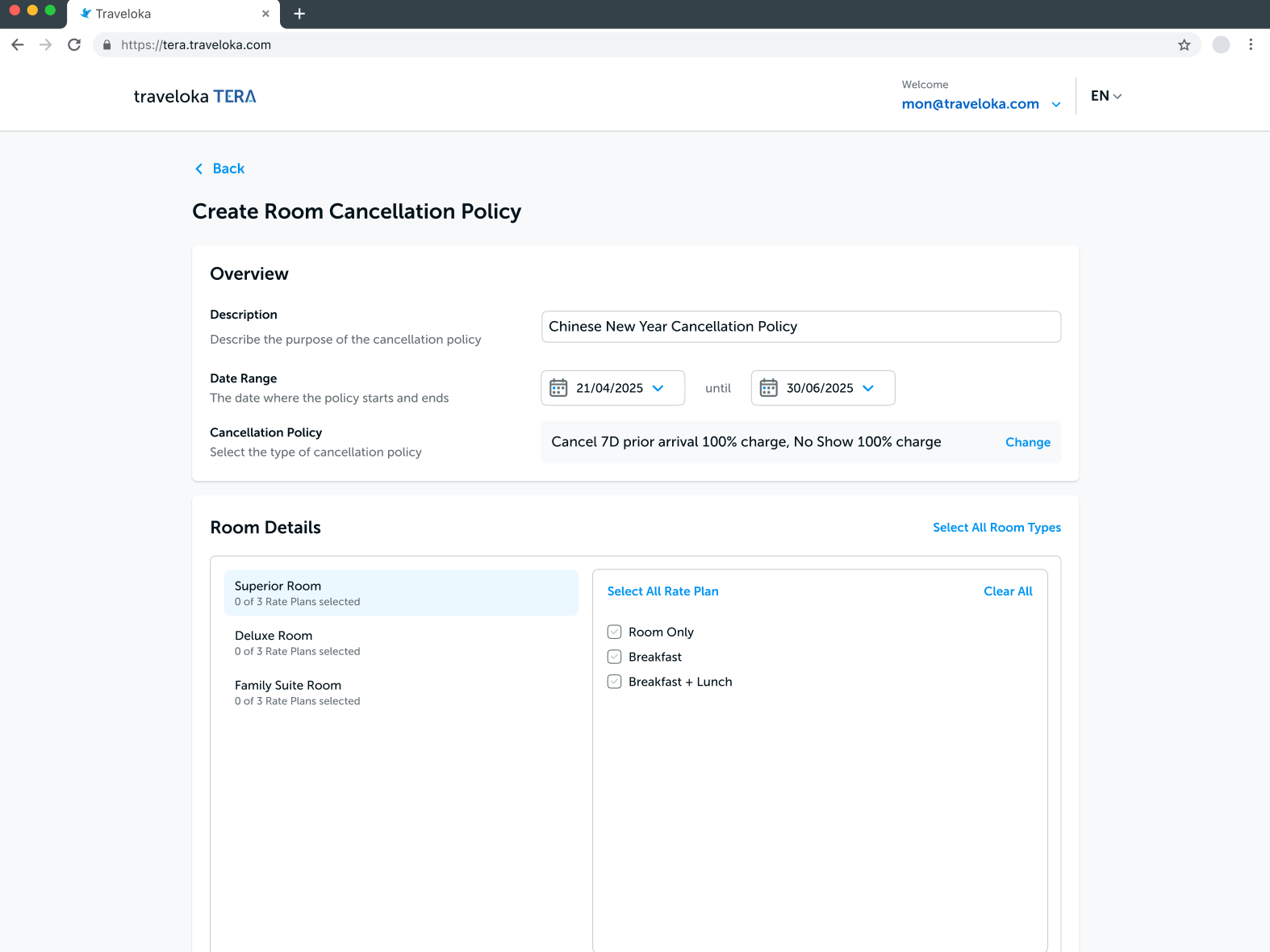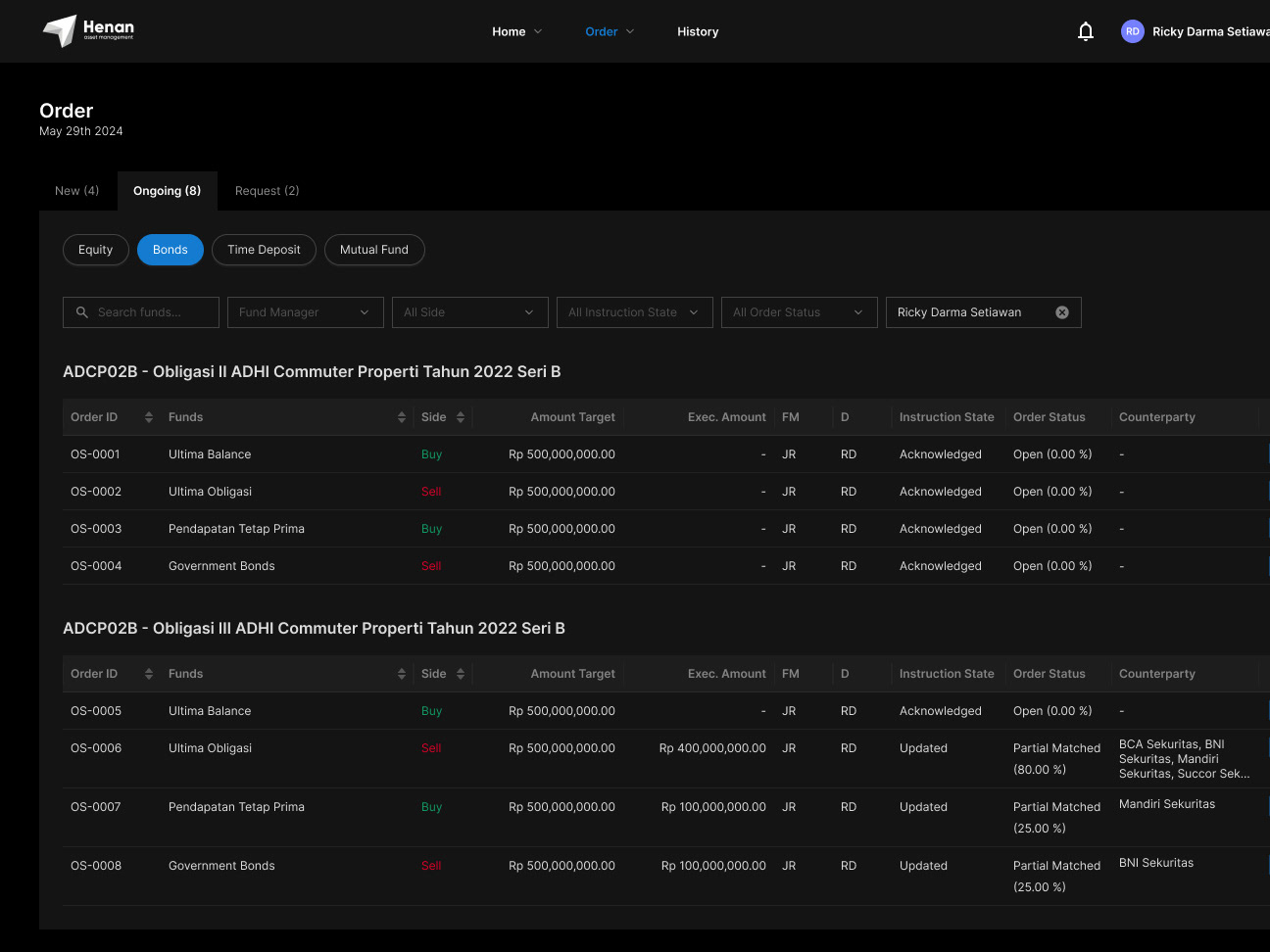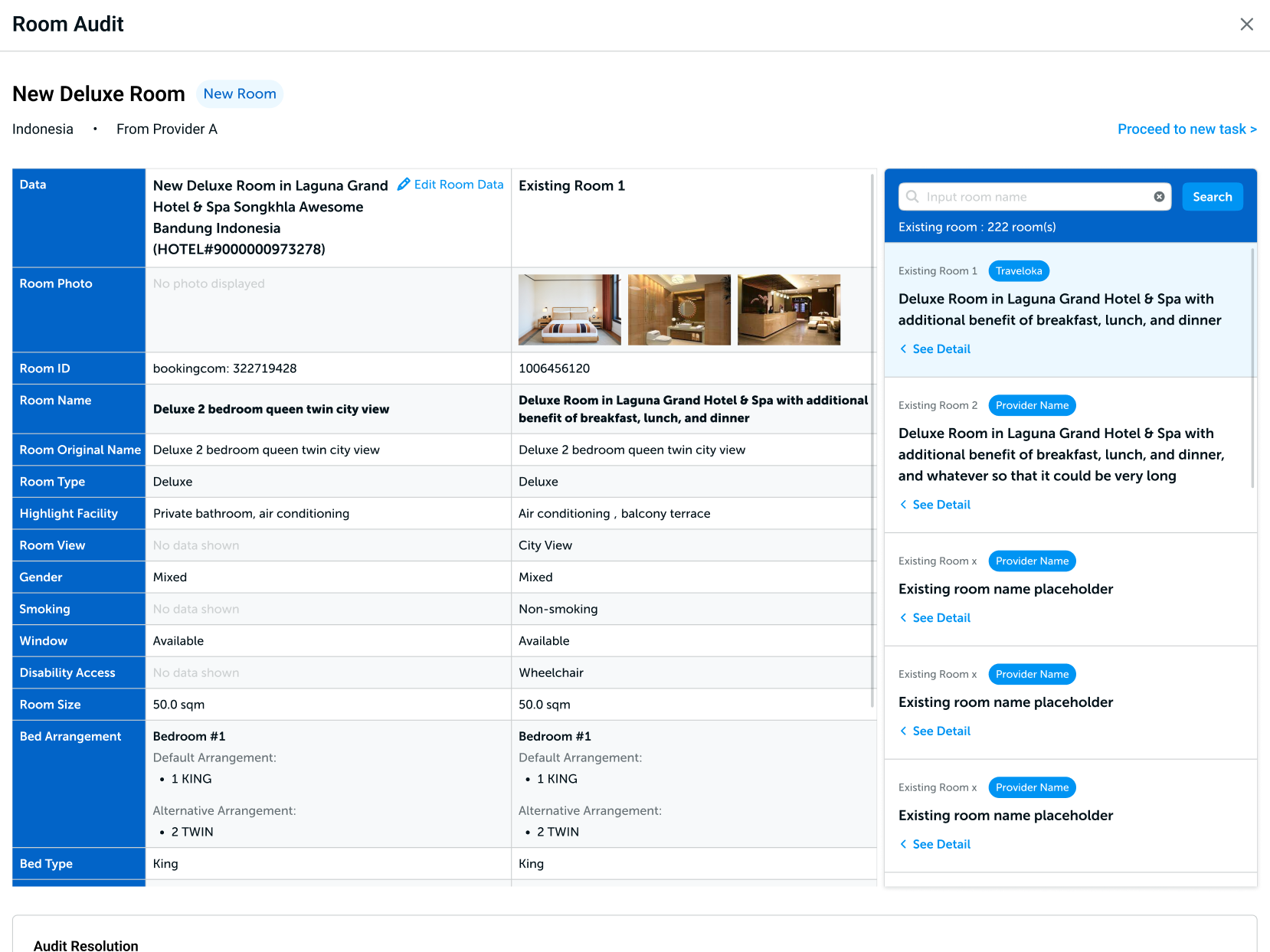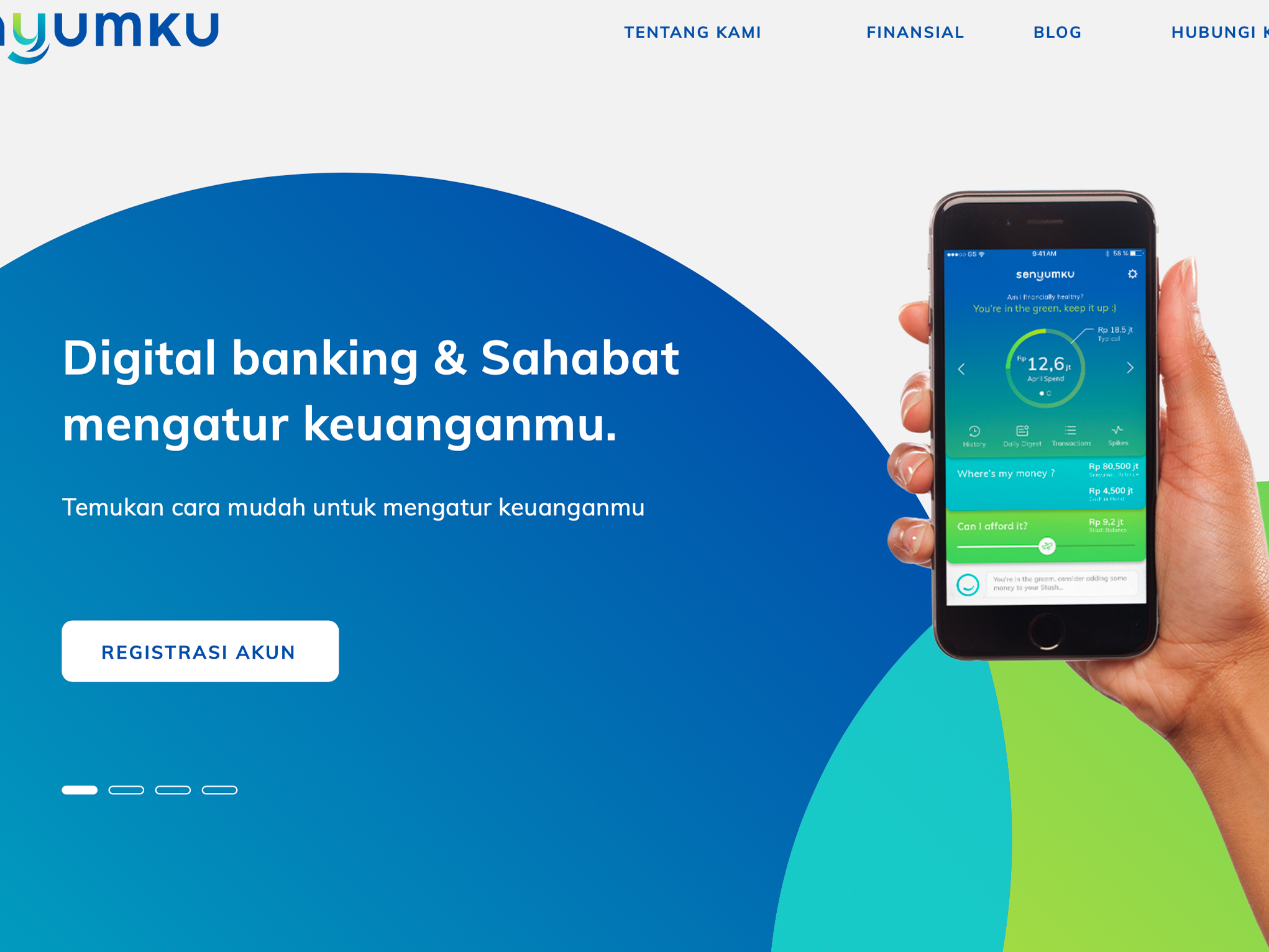Project Context
This project was part of Xendit's initiative in driving their regionalization in Southeast Asia. Our team was consisted of two UX researchers, two product managers and another product designer. I served mainly as the UX strategist, whose task was designing the account structure and account creation flow.
• Role: Design / UX Strategist
• Role: Design / UX Strategist
• Scope: UX strategy, UX research and user flow
• Timeline: 2 months
Background Context
Xendit is a leading fintech company providing payment infrastructure for businesses across Southeast Asia. As the company expanded beyond Indonesia into regional markets, it began onboarding enterprise merchants with more sophisticated operational and compliance needs. See some of the use cases below:

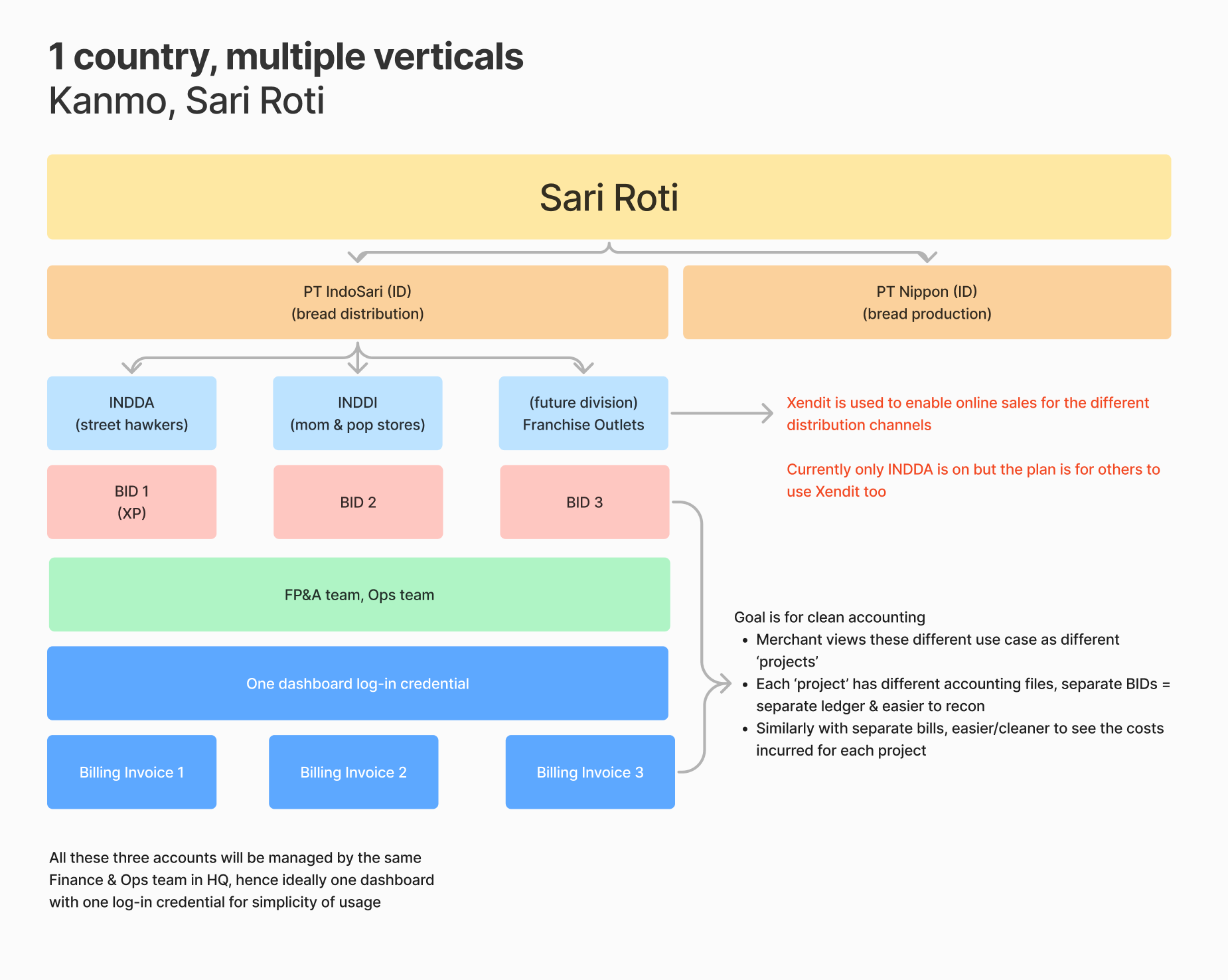
Enterprise Use Case Example — NinjaVan
NinjaVan operates across multiple countries and verticals (e.g., transport, delivery, etc). Each country’s headquarter acts as a parent entity overseeing several sub-accounts, representing its various business lines. This structure supports:
• Accounting reconciliation per vertical
• Regional billing and compliance segregation
• Multi-level approval systems for payments and disbursements
Multi-Brand Use Case Example — Sari Roti Group
Sari Roti operates multiple retail brands within one country. Their HQ manages financial visibility and control across all brands (via a parent account) while each brand operates autonomously (via sub-accounts) to handle payments, user permissions, and customer experiences.
These patterns reflect a larger shift in Xendit’s customer base, requiring:
• Customizable account hierarchies
• Multi-level access and permission control
• Regional and vertical segmentation for reporting and compliance
However, the existing system was not built to handle such organizational complexity.
Problems
Goals
To solve the problems above, we need to design a new account model and account creation flow that:
• provide greater account structural flexibility (by introducing parent-child account model that supports multi-level organizations)
• streamline KYC and onboarding process
• and enable self-serve scalability, allowing merchants to create and manage sub-accounts independently
How might we design a scalable account creation system that empowers enterprise merchants to manage their account on their own — while maintaining compliance efficiency?
Research
I began the problem solving process by observing the current situation while also comparing other competitors' approach. This helped me in understanding the root issues in Xendit's ecosystem while also surveying for potential solution:
• Previous user research – to understand merchants' needs of account configurations
• Stakeholders interview – to identify behavior patterns and pain points during onboarding
• Competitor benchmarking – to analyze industry best practices and assess its applicability to Xendit's use cases
The outcome of these insights are to shape the account structure model and principles.
Research Insight – Merchants Behavior
The interviews revealed that:
Merchants came to Xendit for specific projects only
• The intention of creating a parent account and sub-accounts come at a later stage, when they've convinced with the value of Xendit's products.
No commonality in terms of the timing and frequency of account creation
• It varies depending on each merchants' organization maturity and business needs (e.g opening a new business vertical, business expansion to other countries, etc)
No common preference in account structure
• Each merchant has different approach to how they structure their accounts.
• Some want to start from one business vertical first, before adding another vertical and creating a parent to hold them all.
• While others may prefer to create the parent account first, before creating the sub-accounts (for their verticals or branch offices) to be nested under it).
Given the fragmented customer base Xendit serves, the account creation must follow these principles:
• Modular – treat account as lego blocks that can be built one on top of another, and allow merchant to flexibly set which account serves as the parent account
•Agnostic (event and timing-wise) – allow merchant to evolve their account structure as their business grow
Competitor Benchmarking
I also analyzed the account structure in other global payment gateways to ideate a new account model applicable to Xendit.
Account Model
The research insights above led to the creation of the new account structure below:
For this project, we will be focusing on the account creation process – setting up new business account and company account. The set up for account group, account access configuration and account linkage will be out of scope (next phase).
Account Creation Flow
The new account structure and principles are then integrated into our new account creation flow. Our goal is to create a more streamlined flow that's scalable and is aligned with our compliance requirements.
Design an algorithm that determines merchants' KYC reusability based on regulatory requirements
To reduce the number of steps that users have to go through, I evaluated the necessity of Xendit's preliminary questions across different variables (that affects the requirements):
• business use cases (e.g geographic expansion, new business line, splitting ledger, etc)
• types of legal entity
• country and industry regulation (specifically Indonesian and Philippines)
This is to determine which field is can be auto-filled by merchant's previous KYC data.
Translate algorithm into user flow
Once the determinant parameters are identified (to assess merchants' eligibility to reuse their previous KYC data) – they are then translated into a proper user flow for Xendit's new pre-lead qualification journey.
Implementation
To integrate the new account model and account creation process into Xendit's existing ecosystem, our team aligned the new onboarding flow with Xendit's existing flow, while also providing flexible options for system migration.
Increase adoption by providing multiple entry points for account creation and migration compatibility for new and existing merchants
Merchants have the flexibility to adopt the new account model (company and business account) and create new accounts at any time through these methods:
Existing merchants (embedded and self-serve)
Existing merchants can access the account creation setup from their current account settings and global menu. Once triggered, they can create new business account and setup the company one on their own.
New merchants (direct onboarding through manual method)
New merchants can be onboarded directly to the new company account and business account through manual engineering process. Given that this MVP is still on testing phase, we only offered this to selected merchants that suit our profile criteria.
Streamlining account creation by providing a pre-lead qualification process to determine KYC reusability
The flow is triggered when merchant clicks the CTA button. This prompts a modal where they fill the basic preliminary questions to determine their KYC reusability:
• Legal entity
• Country of operation
• Industry
• Legal entity
• Country of operation
• Industry



If merchant chooses a legal entity or country of operation that's different from their previous account, then they cannot reuse their data. Merchant will be redirected to the sign up page to sign up a new account from scratch (follow existing process).



If merchant chooses a legal entity of country of operation that is same as their previous account, then they can reuse their data and will be redirected to the onboarding wizard to review and change their previous documents if needed. Once completed, merchant can monitor their account status on their dashboard.
Concept Validation
Before developing this new solution, we presented the new account model and flow to some of our merchants and internal stakeholders (account managers). All of them responded positively and agreed that this will reduce their pain points significantly. Their feedback as followed:
Merchants:
• The new account structure allowed them to manage their accounts more easily, because it provides better visibility and navigation than the previous structure.
• The new flow is also intuitive and more seamless, and the entry point is easier to find (higher discoverability).
• They requested a reporting page on company account that allows them to export reconciliation report from all of the accounts underneath them.
Account Managers
• They appreciated the flexibility of the new account structure – because it can be tailored to any business use case.
• Also liked how the new account creation flow can reduce the amount of KYC data and manual processes needed.
Outcome
This solution made impact on both Xendit's internal operation and business goals:
• Improve operational efficiency: reduced onboarding-related support requests by 20%. Also increased successful account activations through faster setup and improved transparency.
• Support business growth across regions: facilitated smoother cross-regional merchant expansion, enhancing acquisition and retention.
Key Learnings
Challenges faced in this project:
• Streamlining the research synthesis and brainstorming process – the ideation process took much longer because there were some vital information missed out during our research process. However we managed to solved this by validating our assumptions first with our internal teams.
• Alignment with other teams – as the scope of this project overlapped with other product team's areas (Onboarding), we had to scheduled regular cadence in order to align our directions. While it slowed down our progress a bit, but this is necessary to ensure our vision would be executed holistically.
